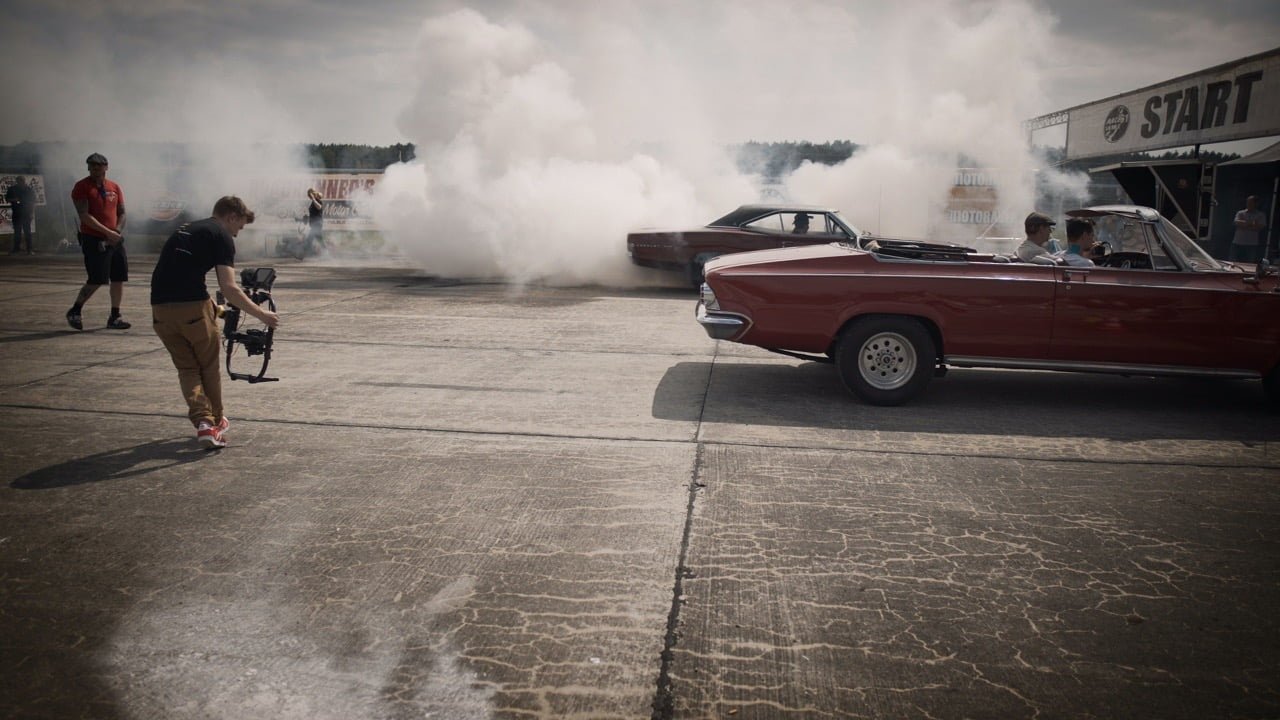The Role of Props in Storytelling. Enhancing Narratives with Symbolism and Immersion.
Introduction
Storytelling is an ancient art that has captivated and entertained audiences for centuries. Whether it’s through books, movies, or theatre, stories have the power to transport us to different worlds and evoke a wide range of emotions. While we often focus on the characters, plot, and dialogue in storytelling, one element that shouldn’t be overlooked is the role of props. Props, objects or items used by characters within a story, can be powerful tools in enhancing the narrative, conveying meaning, and deepening the audience’s engagement. In this article, we will explore the significant role of props in storytelling and how they contribute to the overall narrative experience.
Table of Contents
- The Definition of Props
- The Historical Significance of Props in Storytelling
- Establishing Character and Setting
- Conveying Symbolism and Subtext
- Enhancing Plot and Conflict
- Creating Immersive Worlds
- Evoking Emotions and Establishing Mood
- Pacing and Narrative Flow
- Surprise and Revelation
- Props as Plot Devices
- Cultural and Historical Context
- The Power of Familiar Props
- Props in Different Mediums
- The Collaborative Process
- Conclusion
- FAQs
1. The Definition of Props
Props, short for “properties,” are objects or items that are used by characters in a story. They can be tangible objects, such as a sword, a book, or a piece of jewellery, or they can be intangible, like a letter or a photograph. Props can be essential to the plot or simply serve as background elements to enhance the believability of a scene.
2. Historical Significance of Props in Storytelling
Props have played a crucial role in storytelling throughout history. In ancient Greek theatre, masks and costumes were used to differentiate characters and represent specific traits. Shakespearean plays often featured props such as daggers, crowns, and potions to advance the plot and reveal character intentions. Even in oral storytelling traditions, objects were used to illustrate the narrative and engage the audience’s imagination.
3. Establishing Character and Setting
Props can be instrumental in establishing the identity of a character and the world they inhabit. A character’s possessions, clothing, and accessories can reveal their personality, social status, or occupation. For example, a detective’s magnifying glass signifies their investigative nature, while a princess’s tiara suggests royalty. Props also contribute to setting the stage, providing visual cues that help the audience understand the story’s time, place, and cultural context.
4. Conveying Symbolism and Subtext
Props have the power to convey symbolism and subtext, adding depth and layers to the storytelling experience. A simple object can carry metaphorical meaning, representing themes, emotions, or abstract concepts. For instance, a watch may symbolise the passage of time or the urgency of a character’s mission. The careful selection and use of props can add richness and complexity to the narrative, inviting the audience to interpret and analyse the story on multiple levels.
5. Enhancing Plot and Conflict
Props can serve as catalysts for plot development and conflict. They can be used to introduce obstacles, reveal secrets, or trigger significant events. A hidden letter, for example, can expose a character’s betrayal, leading to a dramatic turning point. Props can also create suspense by foreshadowing future events or by acting as evidence in a mystery that needs solving.
6. Creating Immersive Worlds
Well-chosen props can transport the audience into the story’s world, making it feel more authentic and immersive. Detailed and realistic props help suspend disbelief and build a connection between the audience and the narrative. From elaborate set designs to carefully crafted artifacts, props contribute to the overall aesthetic and atmosphere, allowing the audience to fully engage with the story’s universe.
7. Evoking Emotions and Establishing Mood
Props can evoke emotions and set the mood of a scene or an entire story. Colors, textures, and sensory details associated with props can influence the audience’s emotional response. A bouquet of flowers may evoke feelings of romance and joy, while a broken mirror may convey a sense of foreboding and unease. By leveraging the power of props, storytellers can guide the audience’s emotional journey and enhance the impact of the narrative.
8. Pacing and Narrative Flow
Props can contribute to the pacing and narrative flow of a story. By manipulating the presence or absence of certain props, storytellers can control the rhythm and tempo of the plot. The introduction or removal of a significant prop can create suspense, surprise, or dramatic tension. Props can also be used to provide moments of respite or reflection, allowing the audience to absorb and process the events of the story.
9. Surprise and Revelation
Props can be effective tools for delivering surprises and revelations in storytelling. A seemingly ordinary object can be infused with hidden meaning or unexpected functionality, shocking the audience and reshaping their understanding of the narrative. This element of surprise adds excitement, intrigue, and a sense of discovery to the storytelling experience.
10. Props as Plot Devices
Props can function as plot devices, driving the story forward and influencing character decisions. They can act as keys to unlock mysteries, weapons in battles, or artifacts with magical properties. The strategic use of props can create tension and propel the plot, keeping the audience engaged and eager to uncover the next twist or turn.
11. Cultural and Historical Context
Props can reflect the cultural and historical context of a story, adding authenticity and depth. They can showcase the customs, technology, and social norms of a specific time period or geographic location. Props can also highlight the unique perspectives and values of different cultures, allowing the audience to gain insights and broaden their understanding of the world.
12. Power of Familiar Props
Familiar props can evoke nostalgia, recognition, and a sense of shared experiences. Iconic objects, like Harry Potter’s wand or the DeLorean car from “Back to the Future,” have become cultural symbols that resonate with audiences worldwide. The presence of these props can elicit strong emotional responses and strengthen the audience’s connection to the story.
13. Props in Different Mediums
Props play a role in various storytelling mediums, including film, theatre, literature, and even video games. Each medium offers unique opportunities and challenges when it comes to incorporating props effectively. In film, props are visual elements that can be carefully controlled and manipulated. And In theatre, props must be practical and functional for live performances. In literature, props rely on the power of words to create vivid mental images in the reader’s mind.
14. The Collaborative Process
The selection and use of props in storytelling often involve a collaborative process between directors, production designers, prop masters, and other creative professionals. They work together to ensure that the props align with the story’s vision, enhance the narrative, and serve the practical needs of the production. This collaborative effort brings the story to life and contributes to the overall storytelling experience.
15. Conclusion
Props play a vital and multifaceted role in storytelling. They have the power to establish character, convey symbolism, enhance plot, create immersive worlds, evoke emotions, and much more. From ancient myths to modern blockbusters, props have been instrumental in captivating audiences and bringing narratives to life. By recognising and harnessing the potential of props, storytellers can elevate their craft and create unforgettable experiences for their audience.
FAQs
Q. Can props be as important as characters in a story?
A. Yes, props can be just as important as characters in a story as they contribute to character development, symbolism, and plot progression.
Q. How can props enhance the audience’s emotional experience?
A. Props can evoke emotions by using sensory details, colours, and symbolic associations that resonate with the audience.
Q. Do props have different meanings in different cultures?
A. Yes, props can carry cultural significance and vary in meaning across different cultures, adding layers of depth to the storytelling.
Q. Are props more critical in visual storytelling mediums like film or theatre?
A. Props are essential in visual storytelling mediums, but they can also be effectively utilised in literature through descriptive language and imagery.
Q. What is the role of a prop master in a production?
A. A prop master is responsible for selecting, creating, and managing props for a production, ensuring they align with the story and meet the practical needs of the performance.
Photo by Stephan Müller: https://www.pexels.com/photo/car-covered-with-smoke-on-pavement-1107666/
Random Clicks Photography by Atul Ghosh and Vartika Jain







